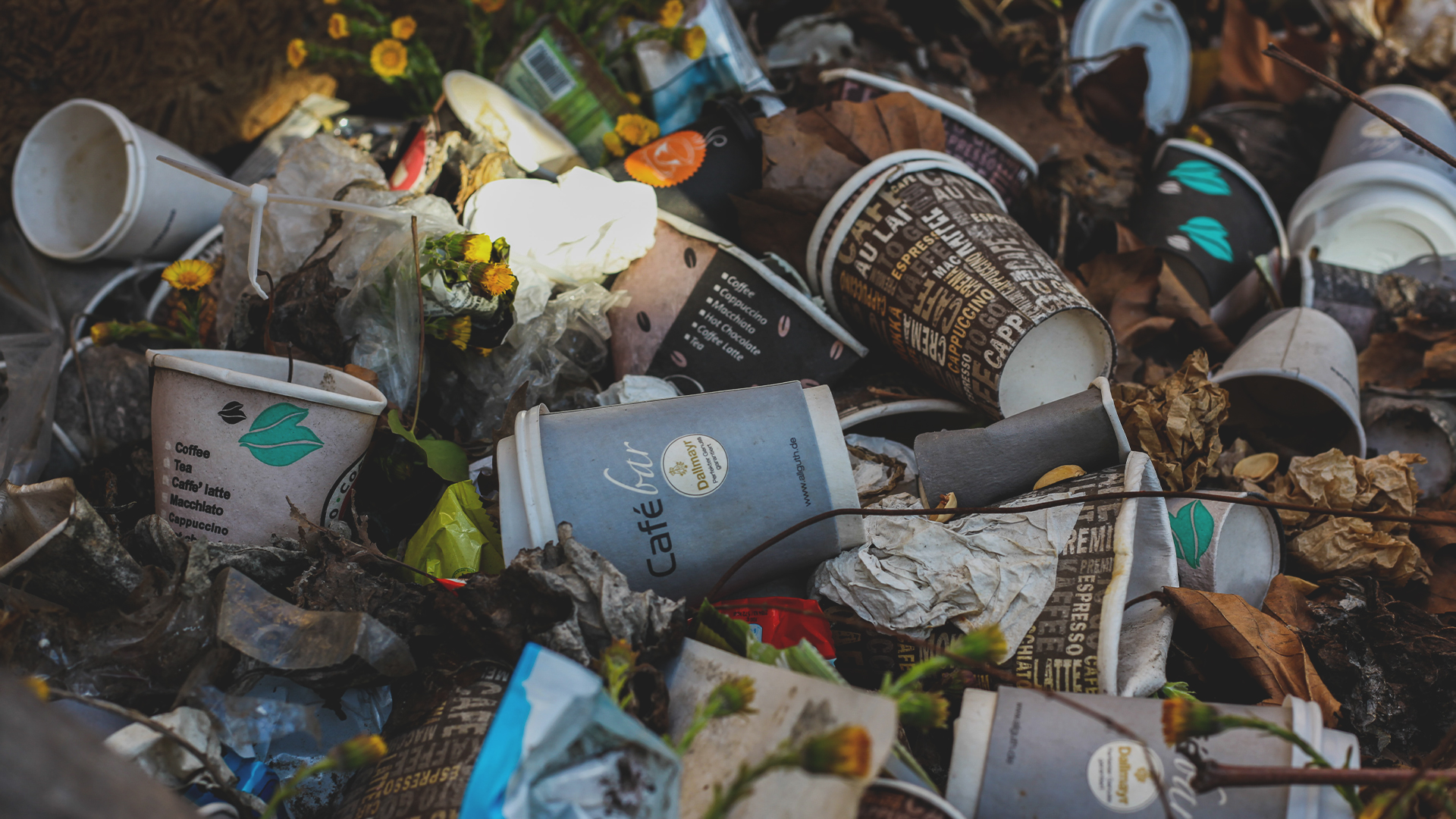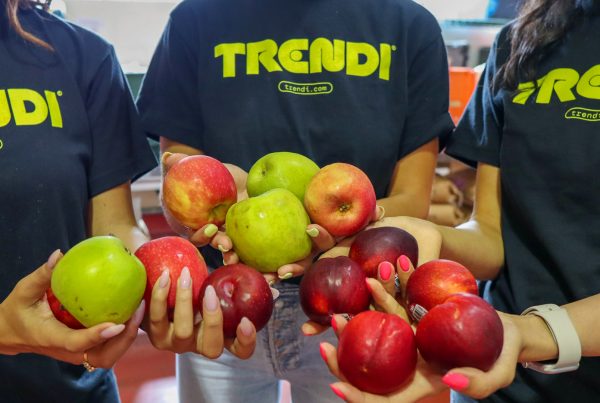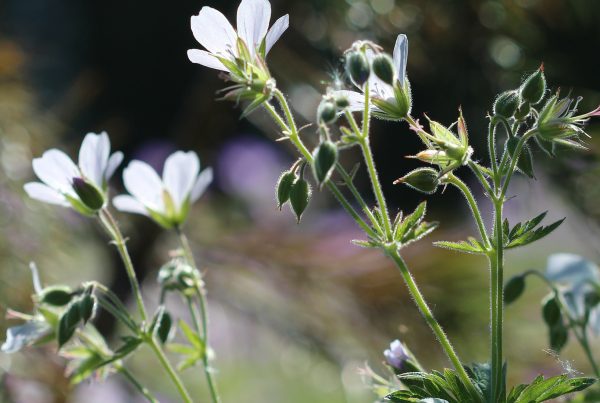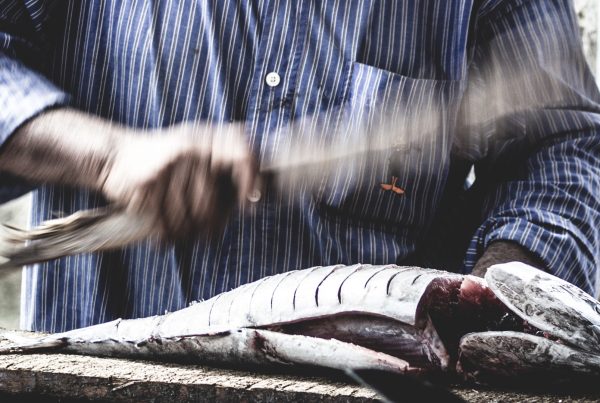Many governments, scientists, and farmers all agree we are facing a food crisis. Some suggest that the solution is to produce more food within the next 40 years than has been in the last 8,000 years in order to feed the growing population of nearly 8 billion. Currently 9.2% of people face severe food insecurity and that number is expected to grow if we don’t produce more food, as these experts say.
But is this really the most effective solution? Honestly, we don’t think so. We also think there are better ways to feed people while still being mindful of the planet.
With 40% of the world’s food going to waste, and 1 in 11 people still not having enough to eat, there is a clear imbalance of our food distribution. And with the massive disruptions in our food supply chains over the past couple years, it’s understandable to think that there is a food crisis already upon us.
The pressure to produce more food is driving the clearing of forests and wetlands. So this is obviously not the best solution long term.
But we have the facts, data and tools to solve these issues, without having to further damage our planet.
Let’s get clear on the real problem so we can get clear on long-term solutions like rescuing, upcycling, and better distributing of our food while also shifting how we value and share food as a society.
The Real Problem Is Not A Lack Of Food
There are more than 7.8 billion people on the planet, and each of us needs an average of 1.4 kilograms of food per day. That means we require about 3.7 billion metric tonnes of food a year to feed everyone and currently the world produces 4 billion. So, 2.5 billion tonnes of this food is wasted and yet, 690 million people in the world are living in severe food insecurity.
Sounds like there is a lot more food to go around than we realize, it’s just not getting to the people that need it.
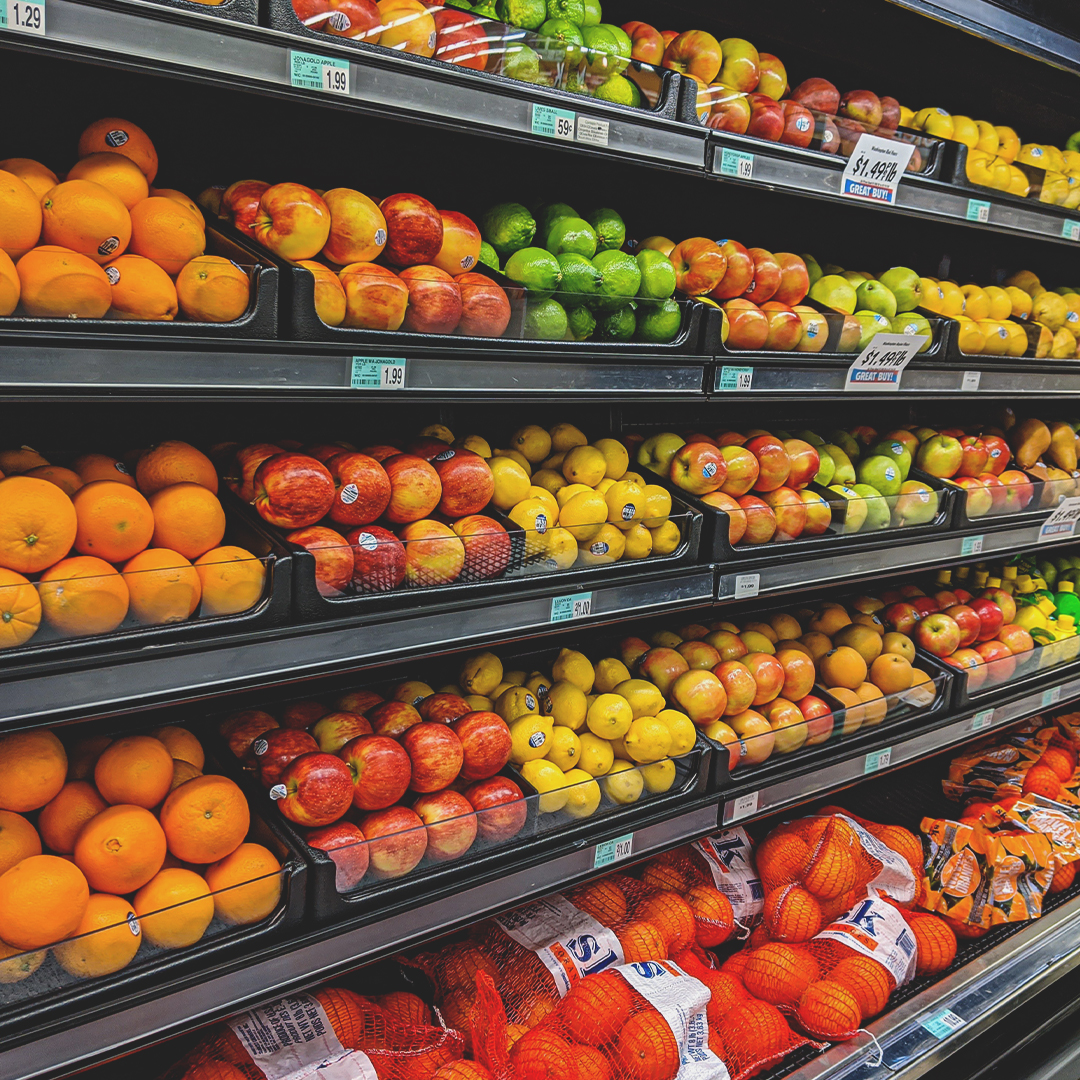
Why Is There A “Food Shortage” If So Much Is Going To Waste?
Despite the amount of technology and science at our disposal, we actually waste the same amounts of food as less affluent countries.The type of waste is just different, with 40% of our losses in Westernized societies occurring in consumer excess and material waste at the retail and consumer levels. Despite efforts to limit these losses and balance out the system by redirecting groceries to families experiencing food insecurity, only 1.7% of this excess food is donated for hunger relief.
In less affluent countries, the UN says their 40% of food loss lies in between the farm and grocery store levels. This is primarily because of poor agricultural infrastructure and dysfunctional distribution stages. In these countries, food rots in farm fields before harvest, or spoils while it’s being transported.
The Actual Problem: How We Value Food Needs to Change
As a culture, we have moved from food being a vital part of our daily lives, to food being a commodity. With “foodie culture” being one of the most influencing trends in social media, it’s no wonder 20% of food from restaurants and grocery store purchases are wasted. Food is an accessory these days, one to match any mood, vibe, or aesthetic. And whatever doesn’t fit in, gets tossed away.
Academics have studied and found that people’s attitudes towards food has a strong influence on how much of it they throw away. A study done in 2020 found that people’s perceptions about how many fruits and vegetables other Facebook users consumed correlated with the number of fruits and vegetables they themselves ate. This just goes to show the influence social media has on our eating habits.
With many television shows and restaurants showcasing extravagant cakes and Caesars casually garnished with burgers like centrepieces, the perception of food has become a source of entertainment. This makes food even farther removed from the life sustaining energy that it is, that too many are struggling to access.
Maybe instead of focusing on a massive food crisis that would apparently lead us all into war, we should talk about the opportunity to change our future (right now) and make use of what we have, what we are throwing away. Food.
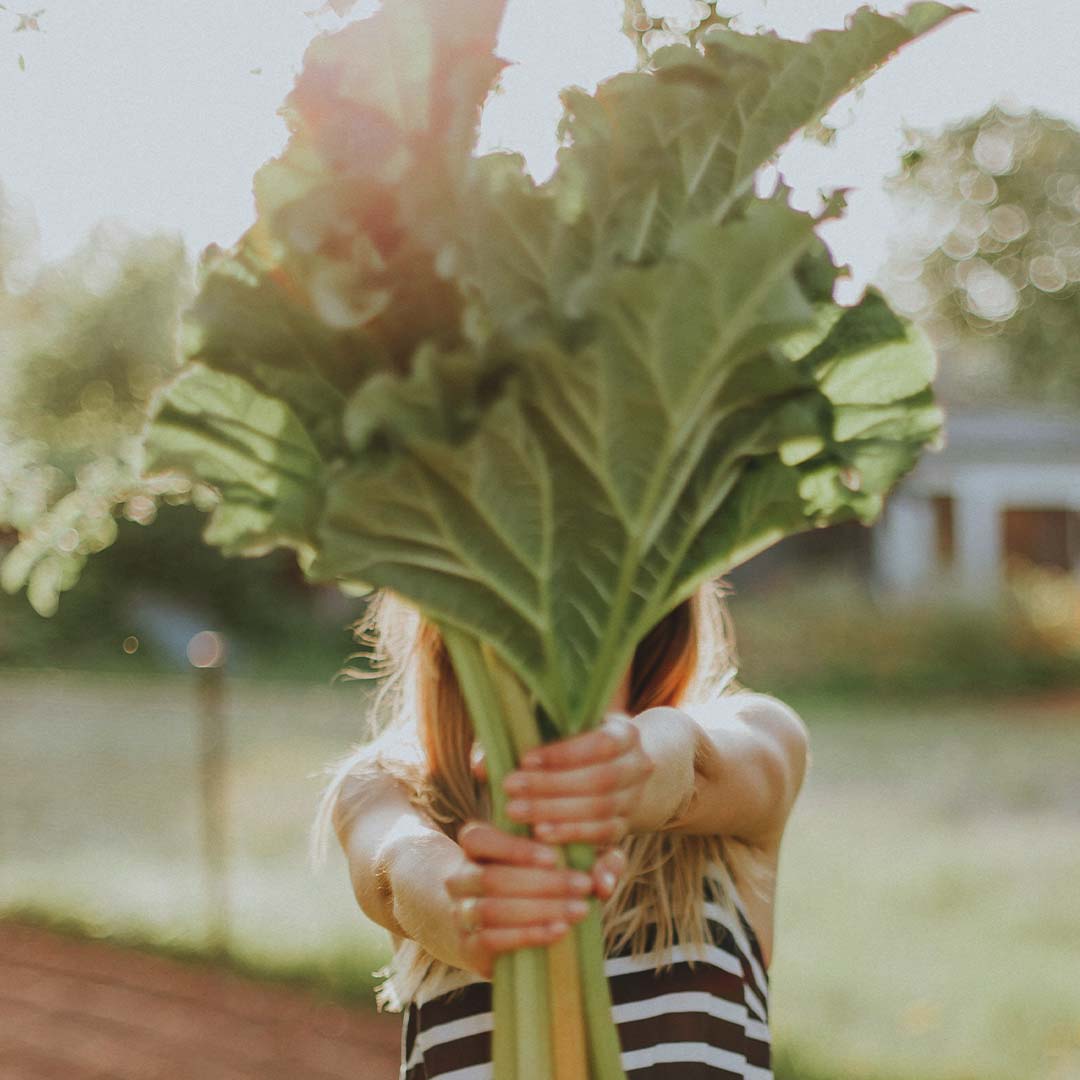
The Redistribution Of Food
We have more than enough food to go around, we just need it to get around more, farther, and to the people who need it most before it goes to waste, even if it is imperfect. There are ways to make the most of what we have, if we have the will and plan to do it. Some organisations are already leading the way.
Innovative food waste apps like Too Good To Go and many other programs are helping to curb food insecurity and waste by taking unsold perfectly good food from grocery stores and restaurants and selling it at more affordable prices, or simply donating it to families that are feeling the pressures of food insecurity.
Upcycling food has so much potential for reducing food waste and feeding more people. The team at Trendi is working to turn misfit and surplus produce into freeze dried powders that can be sold and used to make high quality and nutritious food products. Freeze dried options also have an extensive shelf life and can last up to 25 years, in comparison to most fruits and vegetables that only last a maximum of 7 days on average.
If industries and consumers start considering preserved food as a core ingredient, such as with freeze dried ingredients, the food will actually get there – and together we can get closer to ending food waste and feeding more people.
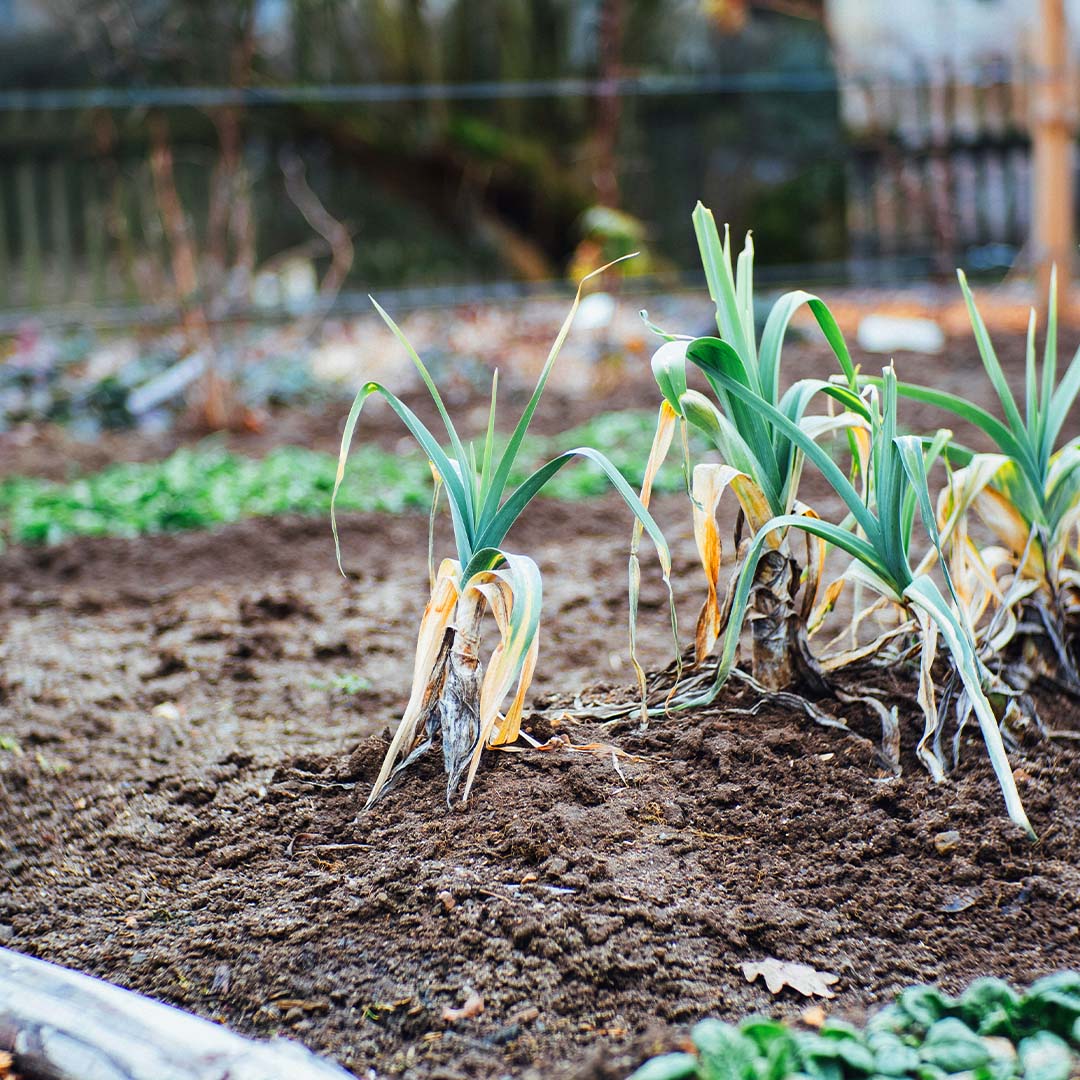
The Future Of The Food Crisis
While a food crisis is a real possibility, it doesn’t have to be our inevitable reality. At Trendi, we really do believe it is possible to reverse the potential of a food crisis. Like all issues, addressing this problem starts at the source.
We are putting our tech where our mouth is, so stay tuned for more updates on what that will look like. In the meantime, reach out! We are always looking to connect with passionate people who also want to make this world a better place by fighting food waste!
Article written by:
Erika Altomare, Copywriter
Erika is a passionate wellness, food, and lifestyle writer who appreciates the little things and always asks questions about the big ones.

